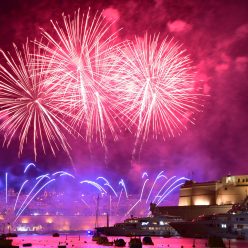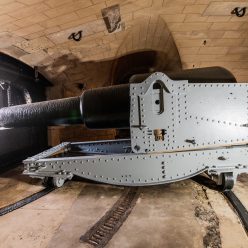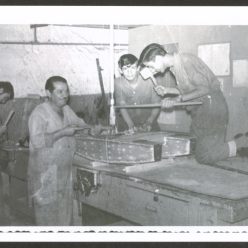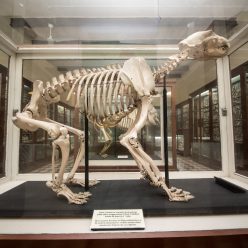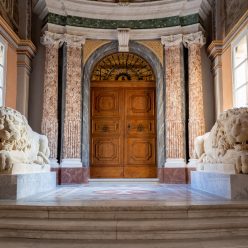by Warren Bugeja and Matthew Balzan
With the opening of the Suez Canal, the Mediterranean was now also the main highway to India. Fort Delimara was built partly in response to the emergence of two new players on the field, threats to British interests. The 1870s had seen the unification of Italy and that of Germany, and both had set their eyes upon the Mediterranean.
Malta’s strategic position, right bang in the centre of the power game of dominance, necessitated the British upping their defences. Progress in the technology of war and artillery meant that the old fortifications left by the Knights of St John could no longer be repurposed. “New types of guns simply required new types of fortifications,” emphasises Matthew Balzan, Principal Curator for Fortifications at Heritage Malta. Moreover, their enormous size – each gun weighs approximately 55 tonnes in total- meant a fort had to be built specifically for them. “No longer is the fortification the main priority, but rather, the technology. The fort is simply there to protect the gun and not vice-versa,” Matthew states, a fact reflected in the budgeting. The total price tag for the fort’s construction amounted to 22,000 pounds sterling, but each of the original six guns cost a whopping 7000 pounds sterling. Altogether, the guns cost double the entire fort. Each gun is made of 3 parts; the barrel, the carriage, upon which the barrel rests; and the platform at the bottom on which the gun traverses from left to right. Called Rifle Muzzle Loaders (RML), the guns were loaded from the front muzzle, and the interior of the canon featured spiral channels through which the shot was sprung.
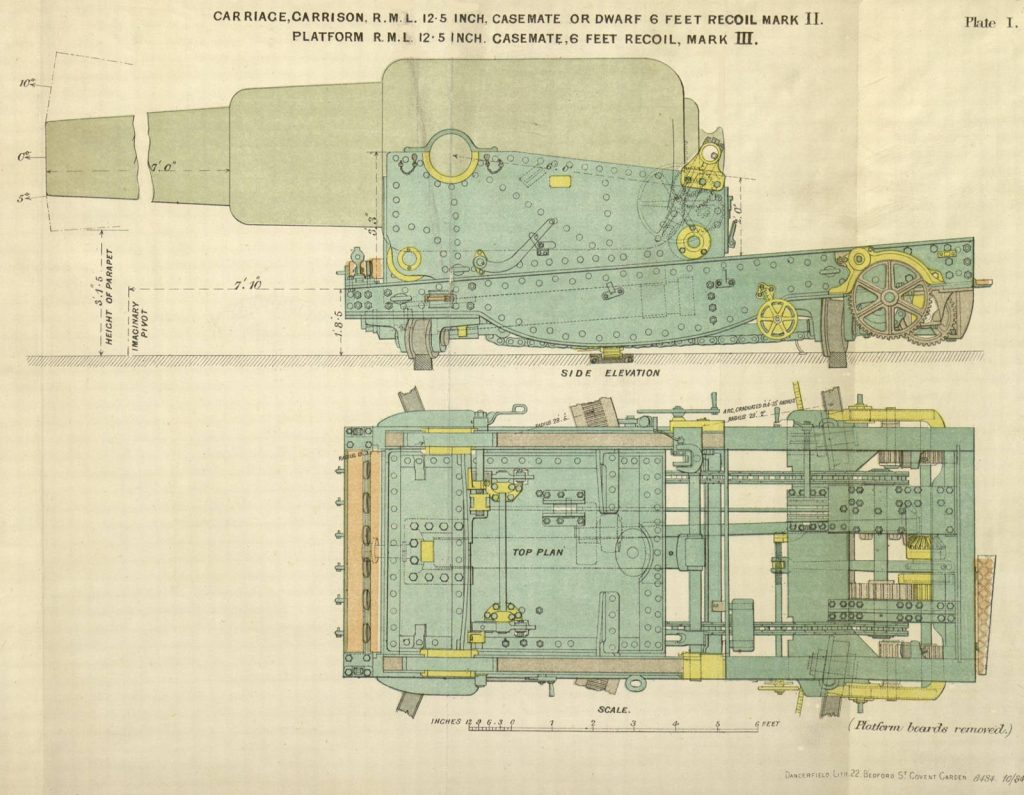
Although the fort was completed in 1878, one of a ring of forts and batteries that protected Marsaxlokk harbour, along with Fort Tas-Silġ, Fort San Luċjan and Fort Bengħajsa, the date above the main gate reads 1881. The culprits for the three-year discrepancy are the guns manufactured in Britain, and brought over to Malta to be assembled in April 1880. Once on local soil, they were distributed to the dockyards in the three cities in the Grand Harbour. From there, they were transported on barges all the way to Marsaxlokk harbour, where the fort sits on a promontory overlooking the entrance to Pretty Bay. Getting these hefty pieces of artillery inside the fort was an onerous undertaking. A specific route was set up through a narrow passageway that led from the front of the fort down the cliff face. Since all this procedure had to be done by hand, it took three months to move six 38-tonne barrel guns up a distance of 300 metres. The façade of the fort was left as an open bridge and a gate only constructed in 1881, once the guns were safely inside. Hence the date. The irony is that “these guns were never fired in anger” and were purely installed as a precautionary measure. “They were only fired 2-4 times a year for training purposes, either live training, with the use of a shell, either blank, simply with the use of powder, or else not even that, as part of a drill practice whereby the soldiers would train what to do in case of an attack,” Balzan explains.
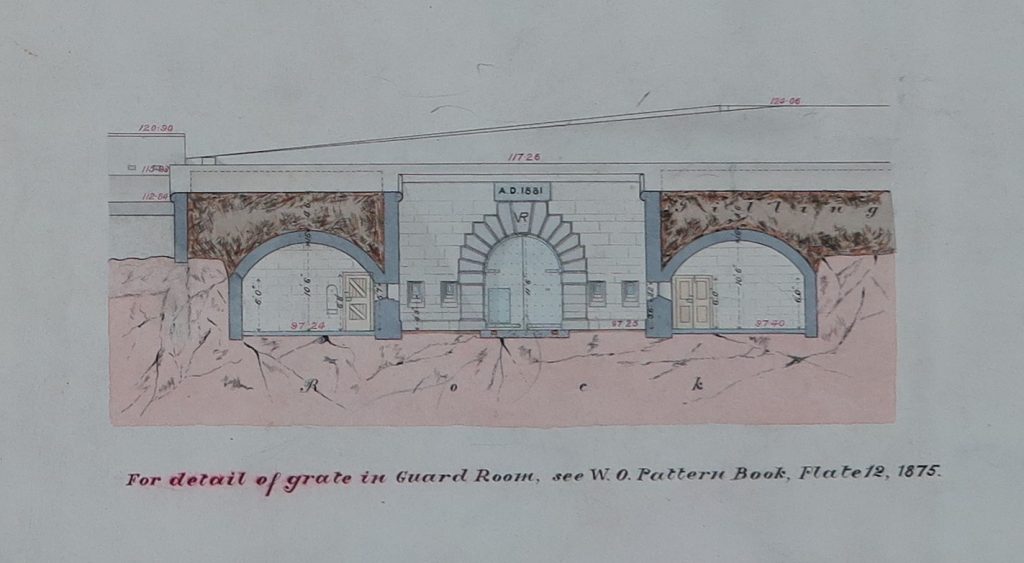
Matthew Balzan did not need to think twice when asked to name a favourite artefact in the National Collection for Heritage Malta’s HMTV series ‘Treasure To Meet You.’ “As a military historian, I am fascinated by the Victorian age, that is, from 1837-1901, which was the period during which most of this type of artillery was in use. The guns exemplify progress in the technology of war during the second half of the 19th century and are also representative of the industrial revolution, which facilitated the mass production of artillery,” he elaborates enthusiastically.
In 1901 two of the guns closest to the entrance were scrapped, but the prohibitive cost of transporting and also scrapping the remaining four guns, which were located further inside the fort, led to a fortuitous decision to leave them exactly where they were.
The four RML guns at Fort Delimara are the last remaining guns of their type in the whole world that are still in their original state and position, resting on their authentic carriages and platforms, “meaning that they entered the fort in 1880, and have never left it since” Balzan reiterates.
As the fort gears itself to open its doors to the public, the four massive guns remain silent, symbolic sentinels of the use of Malta as an island fortress.
Watch the feature here in English or Maltese
Find out more about Fort Delimara on https://heritagemalta.mt/explore/fort-delimara/
‘Treasure to Meet You’ is uploaded to Heritage Malta’s Facebook page every Tuesday at 19:00. The intimate series consists of short features in both English and Maltese versions. Each week, viewers get to meet one of our dedicated curators, who were asked to select an artefact or feature from the National Collection to which they are particularly attached.
Treasure to Meet You Episode 5
Latest News
Press Releases | 19th April 2024
A Vibrant Special Opening at Fort Delimara
Press Releases | 8th April 2024
Objects Missing From the Grand Master’s Palace
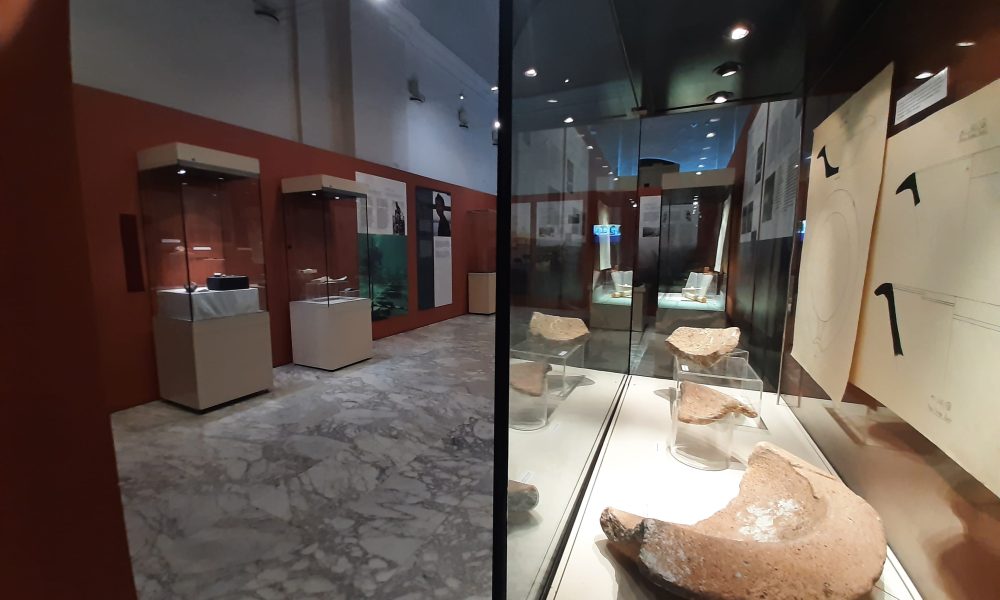
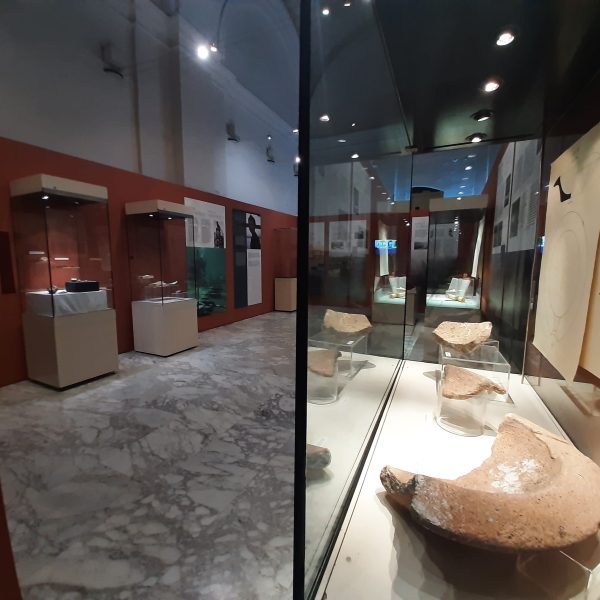
Up Next
Press Releases | 3rd November 2022
